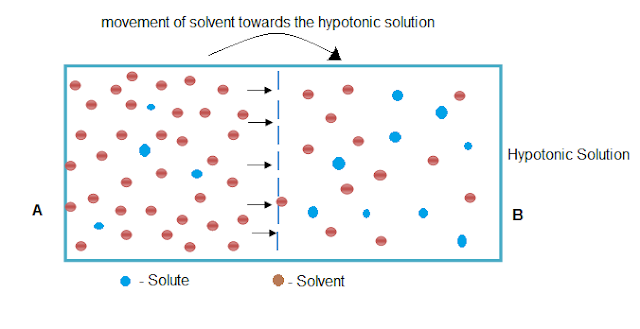Osmolarity
and the Osmolality is the difference term used to express the concentration of
the solution. But there is difference between the Osmolarity and Osmolality.
Following
are the difference between Osmolarity and Osmolality.
Osmolarity
|
Osmolality
|
|
Definition
|
Osmolarity is defined as the concentration of a solution expressed in
terms of osmoles of solute particles.
|
Osmolality is defined as the
concentration of a solution expressed in terms of the total number of solute
particles.
|
Unit
|
Particles per liter of solution
|
Particles per kilogram
|
mmol/L.
|
mOsmol/kg.
|
|
Factor affect
|
It depends on the temperature and pressure.
|
It does not happen on the
temperature and Pressure.
|
Related Post:
Difference between Osmosis and diffusion
Difference between Osmosis and Reverse osmosis
Difference between Active transport and Passive Transport
Difference between Diffusion and Effusion
Difference between Simple diffusion and Facilitated diffusion



